Ultra-thin film slitting (such as optical film) is a key process in precision manufacturing, which is widely used in displays, touch screens, flexible electronics and other fields. The core challenge is how to maintain the integrity, functionality and yield of the film while slitting with high precision. The following is an analysis of the challenges and solutions:
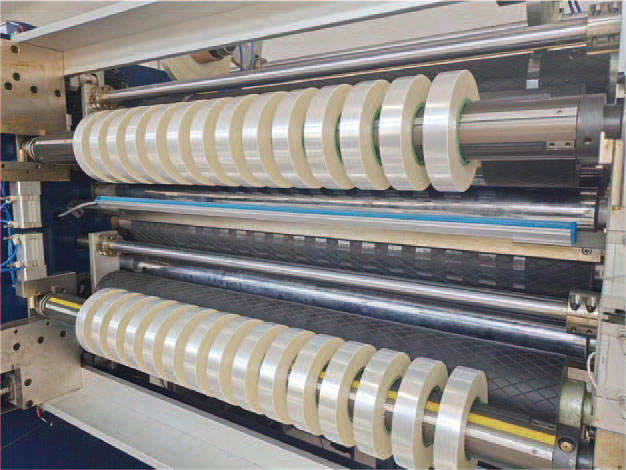
First, main Challenges
1. Sensitive material properties
◦ Optical films (such as PET, PMMA, COP, etc.) are usually in the micron range (even < 10μm) thickness, which is susceptible to mechanical stress, and is prone to edge cracks, delamination, or warping during slitting.
◦ Functional layers (e.g., ITO coatings, brightness enhancement film microstructures) may deteriorate due to slitting stress (e.g., reduced conductivity).
2. The slitting accuracy is extremely high
◦ The slitting width tolerance should be controlled within ±5μm, and the edge straightness should be high (e.g., ±1μm/mm), otherwise the alignment of subsequent laminates (such as OLED panels) will be affected.
3. Static electricity and pollution problems
◦ Ultra-thin films are prone to accumulate static electricity, absorb dust, or cause the film layer to stick after slitting.
◦ Debris generated during the slitting process can scratch the surface (especially for surface treatment films such as anti-glare).
4. Tension control is difficult
◦ The thinner the film, the narrower the tension window: too much stretch deformation, too little will cause the transport to shift or wrinkle.
5. Tool wear and thermal influence
◦ Blade passivation or thermal expansion can lead to burrs and melting of the slitting surface (e.g., COP materials have a low melting point).

Second, solution and technology optimization
1. Slitting process optimization
• Tool selection and design
◦ Use a super-hard material tool (e.g., diamond-coated knives, ceramic knives) to reduce wear and optimize the knife edge angle (e.g., below 30°) to reduce the cutting force.
◦ Air Floating Knife: Non-contact slitting to avoid mechanical contact damage, suitable for brittle optical films.
• Closed-loop tension control
◦ Multi-stage magnetic particle brake + high-resolution encoder is used to adjust the unwinding/winding tension in real time (such as controlled in the range of 2~10N).
◦ Pre-tension zone setting (e.g., flattening the film by arc rollers first).
• Improved slitting method
◦ Shear Cutting: The upper and lower knives are overlapped to reduce material deformation and are suitable for films with a thickness of > 20 μm.
◦ Laser cutting: non-contact, small heat-affected zone, suitable for ultra-thin flexible films (wavelength and pulse frequency need to be optimized, such as ultraviolet laser).
2. Environment & Auxiliary Systems
• Static Elimination
◦ Combination of ionic air rod + electrostatic brush, multi-stage power dissipation before and after slitting (target electrostatic voltage<± 50V).
• Cleaning protection
◦ In-line dust removal system (such as dust roller + HEPA filtration), and the slitting area maintains Class 1000 cleanliness.
• Temperature and humidity control
◦ Ambient temperature 23±1°C, humidity 45±5% RH to reduce material expansion and deformation.
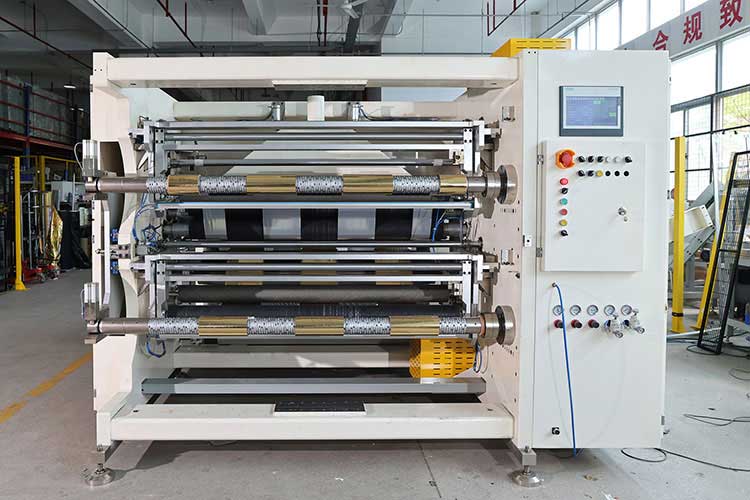
3. Detection and intelligence
• On-line monitoring system
◦ High-precision CCD visual inspection of slitting edge quality (resolution up to 1μm), real-time feedback to adjust the tool position.
◦ The thermal imaging camera monitors the temperature of the cutter head to avoid overheating the melt film.
• AI process optimization
◦ Train the model on historical data to dynamically predict tool life and optimize slitting parameters (e.g., speed, tension).
4. Material pretreatment
• Coating-strengthened edges
◦ Apply a temporary protective layer (e.g., water-soluble polymer) to the predetermined cutting line prior to slitting to reduce micro-cracks at the edges.
• Substrate modification
◦ Choose a high-modulus optical film (e.g., modified COP) to improve stretch resistance.
Third, typical Cases
• OLED polarizer slitting: laser slitting + nitrogen purging, edge roughness < 0.5μm, no carbonization.
• PET release film below 50μm: The air suspension knife with tension fluctuation control <± 0.5N, and the yield rate is increased to 99.3%.
Fourth, future trends
• Ultrafast laser technology: femtosecond laser slitting further reduces thermal impact.
• Roll-to-roll (R2R) integration: Slitting is integrated with subsequent processes (e.g., lamination, die-cutting) online to reduce intermediate contamination.
• Adaptive tooling system: automatically adjusts tool pressure and angle based on film thickness/material.
Through comprehensive process optimization, precision equipment and intelligent control, the accuracy and reliability of ultra-thin optical film slitting have been significantly improved, but continuous breakthroughs in material limits (such as < 5μm films) still require interdisciplinary collaborative innovation.
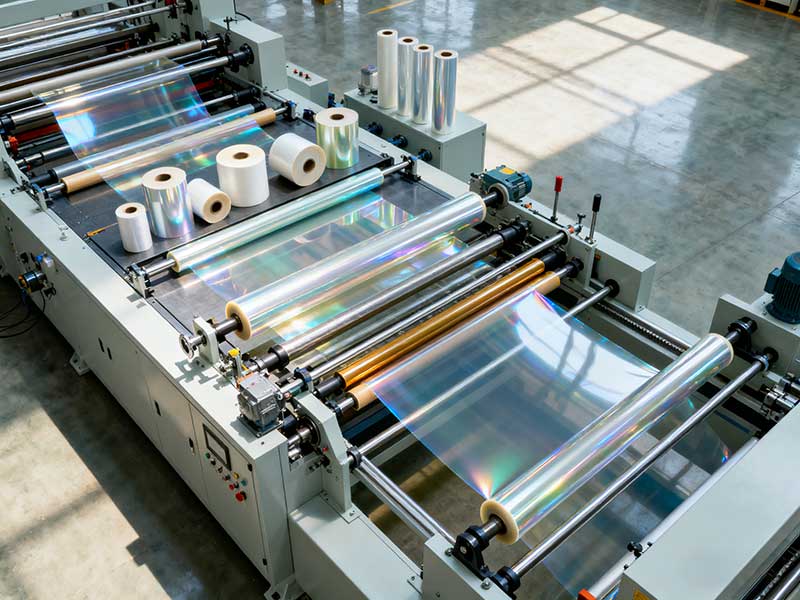 Thin material slitting machine solutions: Pushing the cutting limits of ultra-thin materials
Thin material slitting machine solutions: Pushing the cutting limits of ultra-thin materials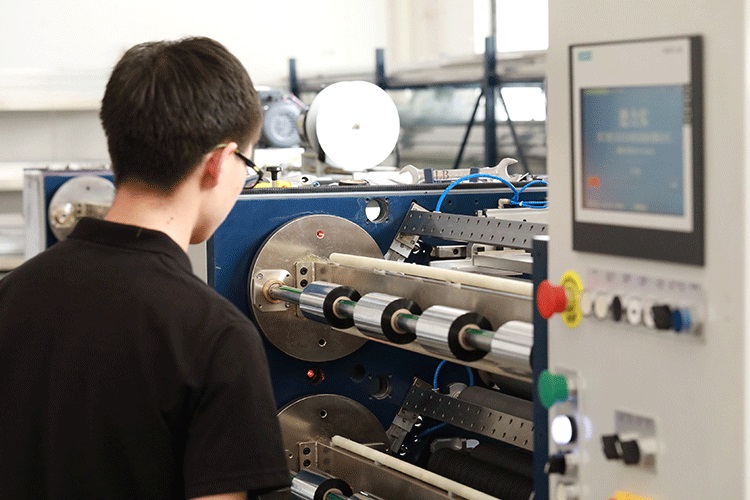 New challenges in the ribbon slitting industry: ultra-thin materials and the need for high temperature resistance
New challenges in the ribbon slitting industry: ultra-thin materials and the need for high temperature resistance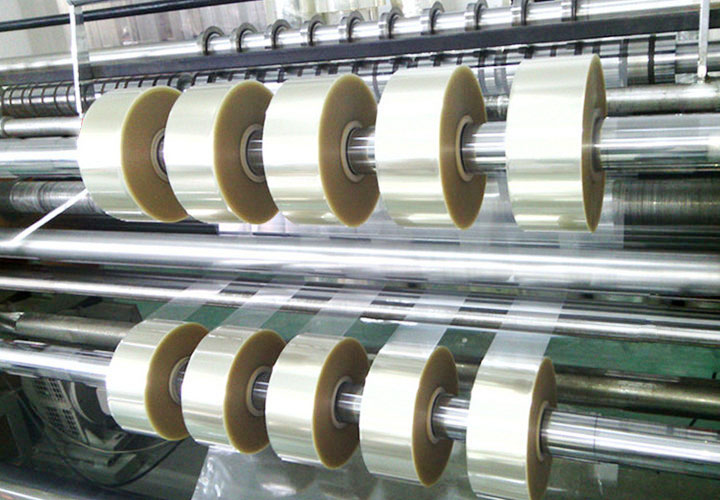 Ultra-thin material processing tool: the application of capacitor film slitting machine in the field of precision electronic film
Ultra-thin material processing tool: the application of capacitor film slitting machine in the field of precision electronic film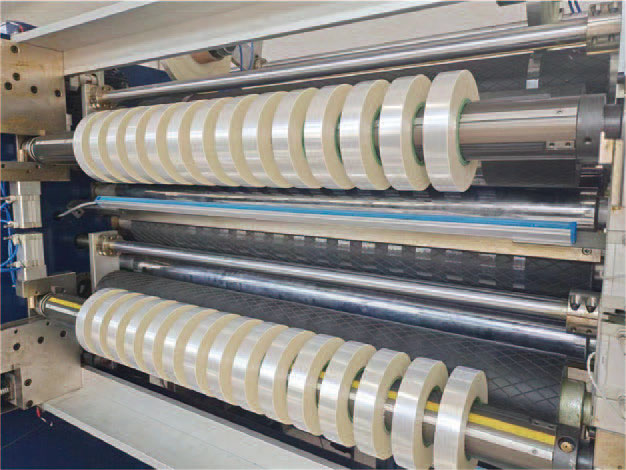 How to achieve dust-free slitting of ultra-thin materials by capacitor film slitting machine?
How to achieve dust-free slitting of ultra-thin materials by capacitor film slitting machine?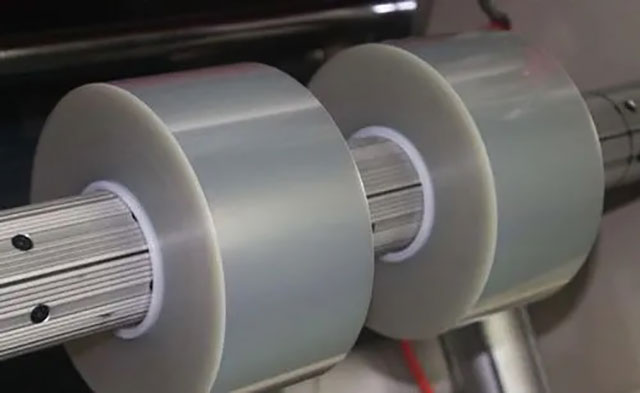 Ultra-thin agricultural film slitting technology - the importance of slitter tension control system
Ultra-thin agricultural film slitting technology - the importance of slitter tension control system